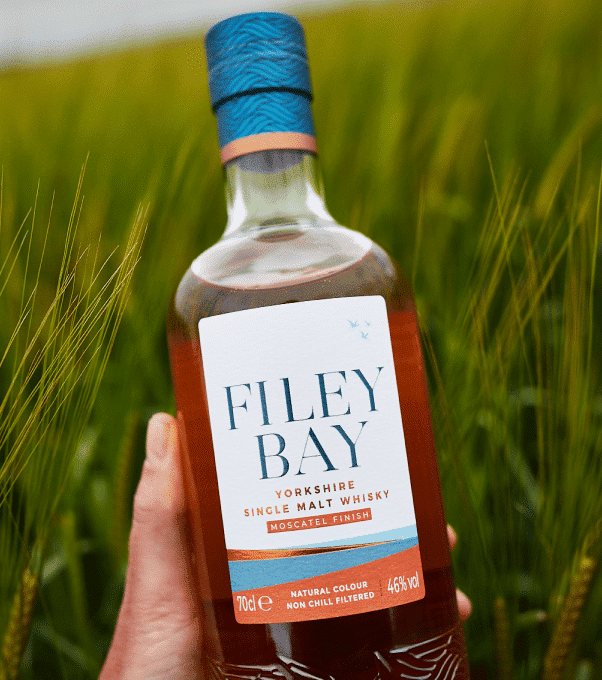Growing
Growing: Water
Whisky can’t be made without water, so this month we’re looking at the clear liquid, rather than the amber one.
Earlier this month, we came across this article in The Guardian discussing the impact of weather on water in Scotland. Anyone who’s ever spent any time in Scotland will know that drought isn’t the first thing that comes to mind when thinking about Scottish weather. But last year it had a negative impact on some distilleries, when their water sources weren’t able to support their needs.
Along with barley, water is one of the two stalwarts of whisky making, and we’re fortunate to be able to source our own water on our farm. It’s a key link in our field-to-bottle process and one of the things that makes us different from other whisky distilleries, in England, in Scotland, and actually all around the world.
We draw it up from the ground through chalk aquifiers below the farm, which sits on top of the chalky Yorkshire Wolds. The farm has never been supplied with mains water – the original source, sunk in 1937, is located in the farm’s picturesque dale and is still in use. However, since 1995 most of our water has been drawn through a less pretty, but more practical, purpose-built borehole ‘chamber’ located in the small wood behind the brewery. The water is pumped up from the ground, run through a basic filtration system (to comply with regulations), and is then directed around to both the brewery (where it is used to make the wash for the whisky) and the farmhouse. Even though the distillery isn’t situated on the farm, we still use ‘our’ water for the whole distilling process, bringing down a thousand litres from the farm to the distillery every week for production purposes.
This system has three key benefits:
Firstly it means that we aren’t reliant on either a river or reservoir, and that we only take what we use. This gives us a level of protection against climate issues that are causing the problems in Scotland. Because boreholes are dug using machinery (wells are dug by hand), they can go much further into the ground, providing extra protection against drought.
Secondly it means that, whereas many distilleries and breweries rely on mains or river water and need to test and treat the water daily to counteract the potential anomalies and keep it consistent, we are much more in control about what goes into the water from the start.
Thirdly, and arguably the most importantly, the quality and consistency of the water is undeniably crucial to the final whisky product, being introduced to the spirit ahead of cask filling when cutting back (diluting) from still strength (for us that can be as high as 88% when we use our column) to cask strength (63.5% abv), and again later ahead of bottling to reduce the spirit to bottling strength (our minimum bottling strength 46%).
We think our water is really special and the difference is notable when you’ve been drinking the water at the farm, and then drink tap water in a town or city. Whilst we’re not convinced that the flavour of the water will hugely impact the flavour of the whisky, there’s no doubting that putting in water that is pure and untreated with chlorine or fluoride can only have a positive outcome on the quality of the whisky.
Growing





